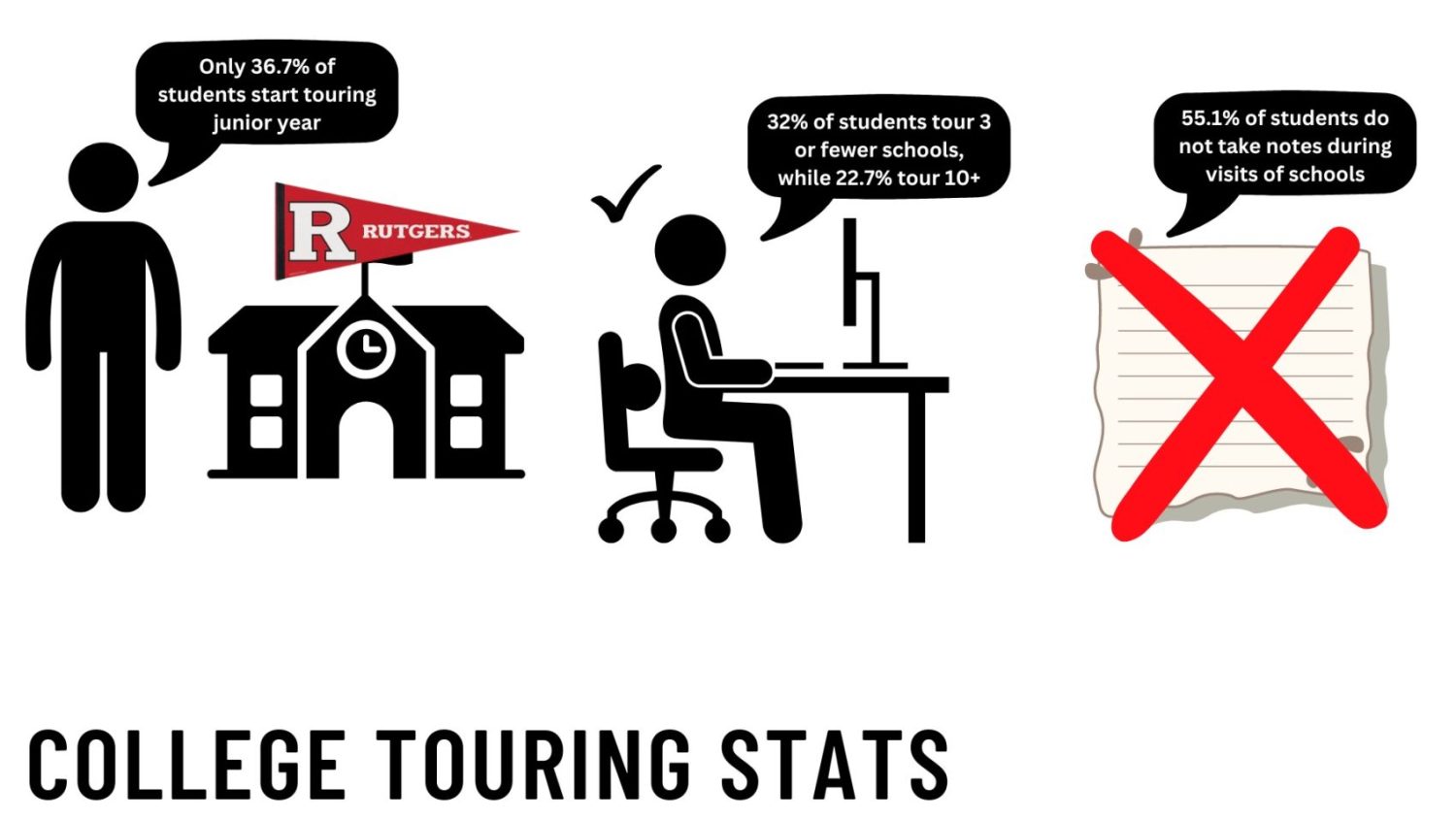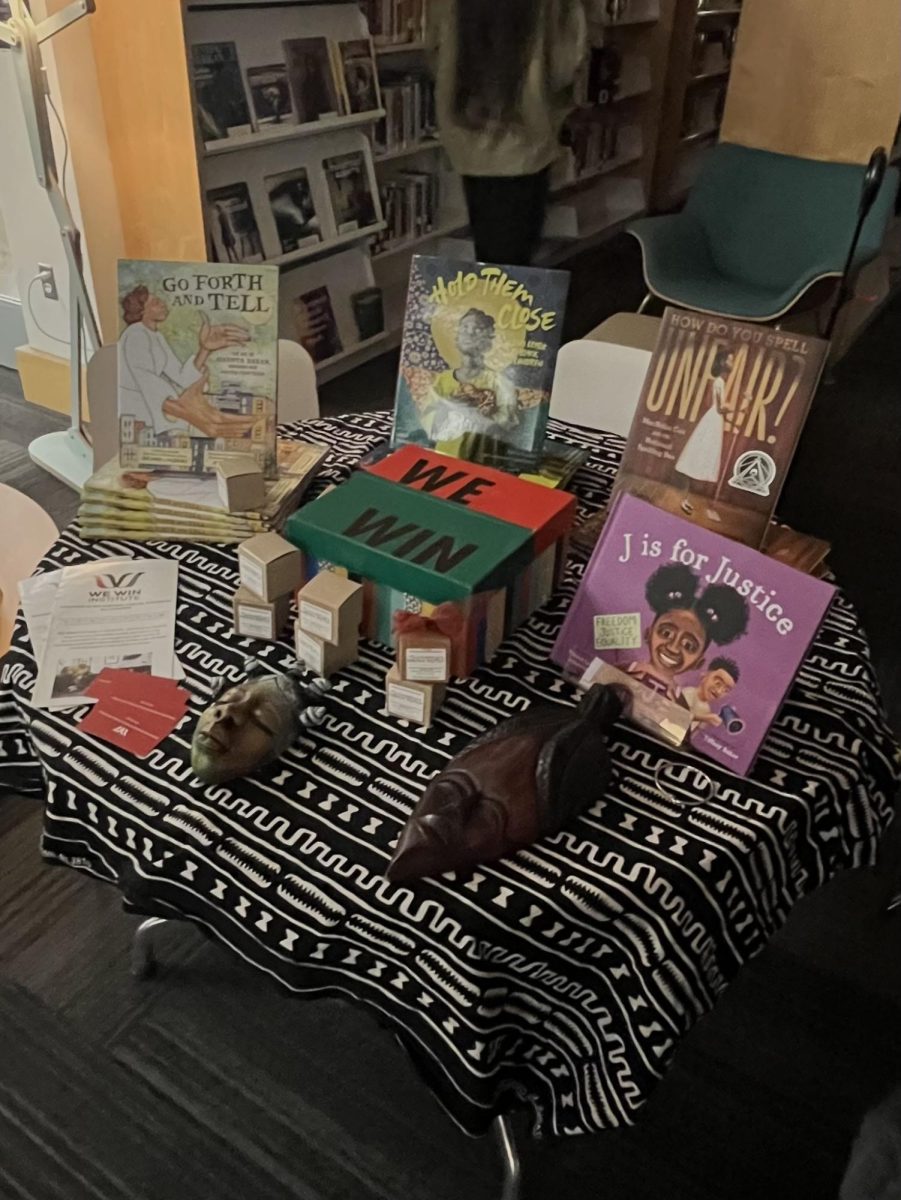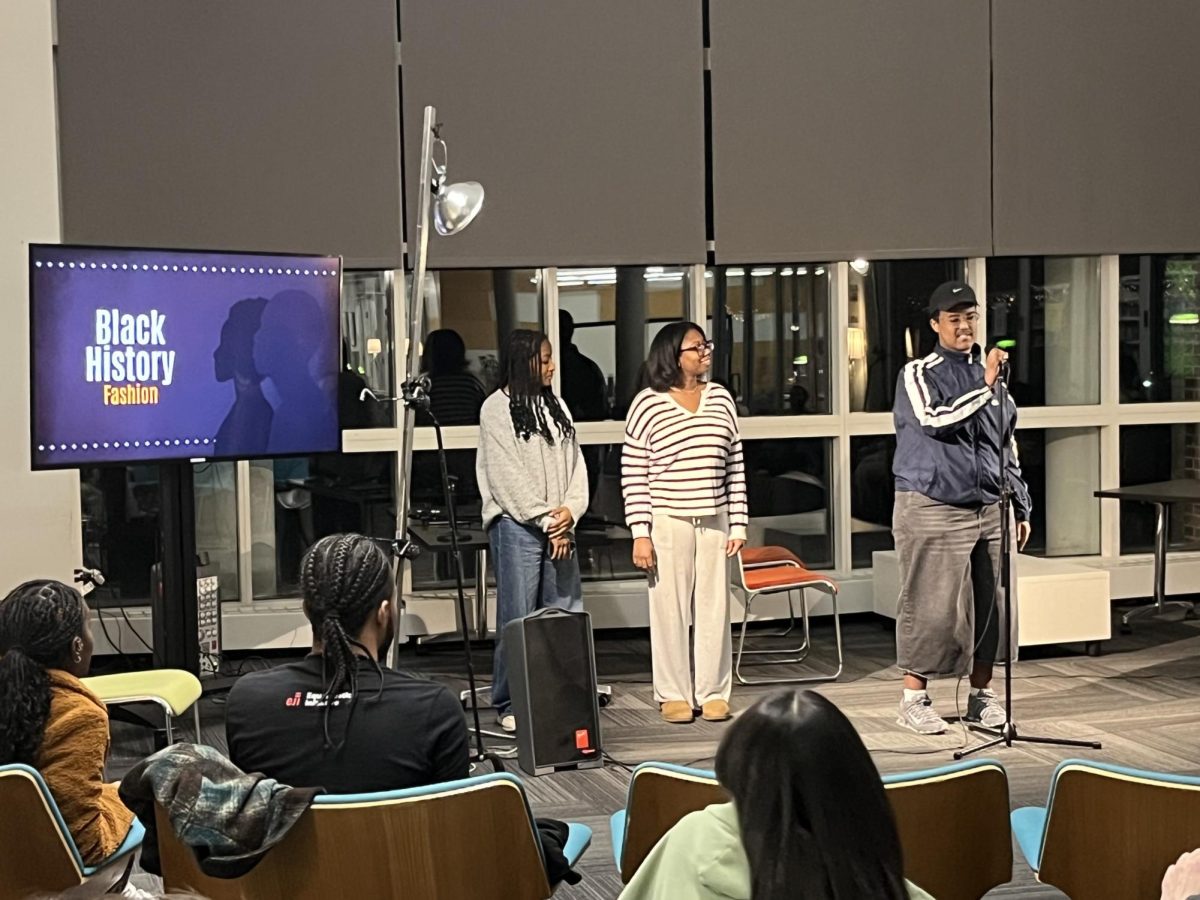
Perspectives on College Touring
Touring a college seems like an intuitive decision for high school students reaching junior and senior year; after all, it’s certainly favorable to see the school you choose to attend before committing.
While touring your future college can be a fun and insightful endeavor, it’s important to consider the financial implications. The cost of travel to out-of-state colleges, including flights to and from your destination (or gas prices), hotel stays and meals can quickly add up. For many people, these costs on top of the already more expensive out-of-state tuition outweigh the upsides of touring these schools.
On the other hand, many Blake students feel that touring out-of-state colleges in-person provides a much deeper and more insightful experience – one that can’t be truly understood otherwise.
Sofia Wyatt ‘25, who’s visited 15 different out-of-state colleges, explains that, “When I visit [colleges] and take the time and money to do it, I feel like I have a more complete view of it, and feel more reassured that I’ve seen it and I know what it’s like, so I think going is sometimes worth it.”
For those like Wyatt who feel it’s important to visit colleges in-person, there are several ways in which you can visit while being financially and timely efficient.
First of all, it’s wise to schedule college tours that are within close proximity to one another around the same time. That way, you’re able to visit multiple colleges in just one short trip, saving yourself money on flights and hotel stays.
Furthermore, if you’re able to tour multiple colleges in one day, you’ll save yourself the expense of another day of travel.
Additionally, if you share similar college interests with friends, traveling in groups and splitting costs will not only save money, but also gives you an excuse to spend time on a trip with your friends!
The amount of money that colleges and universities across the country are spending in advertising and marketing is steadily increasing. In 2021, it was reported that college investing in branding was double compared to what it was the previous year in 2020.
Students are forced to pay a lot of money to attend college and further their education. Although there is a belief among many that college is not worth it, the majority of Americans still choose to attend due to the possibility of increased earnings in their future. The Education Data Initiative indicates that college will cost an average student $36,436 per year including housing and other expenses.
I personally believe that colleges and universities should continue to invest in branding and advertising, especially if the schools are successful in drawing students to attend. Gourav Kumar ‘24 says, “I think for an already semi-prestigious university, it makes sense for them to allocate funds towards branding and advertising.” In the end, colleges need money and revenue in order to continue improving education and provide academic benefits such as scholarships and financial aid. If branding and advertising is used effectively, both the colleges and students will benefit. “It’s in a school’s best interest to advertise their school more, to bring more students and more money,” adds Kumar.
Colleges can bring in more revenue from advertising, which they can use to place more focus on improving education and also give students more benefits.
Although, I personally think that it is worth it for colleges to spend money on advertising, there is some reasoning behind not allocating funds towards this branding. Colleges that have already been established as reputable might not actually benefit from this additional spending. Kumar also comments, “marketing for a big school is not gonna change anything” as the schools will get students to attend no matter what due to its popularity and size.
“Without a lot of effort, you can visit a large, public university, you can visit small liberal arts colleges in urban areas, and college towns. It’s really good to do [college visits] to get a sense of what all those different kinds of sizes and types feel like,” says director of college counseling Sara Kyle, recommending that students should tour various colleges in Minnesota to get a sense of the school they would like to attend.
College tours often begin with an information session taught by an admissions member, then followed by a student led campus tour. These informational sessions can last anywhere from 30 minutes to one hour. Jim Mahoney, associate Director of College Counseling, explains that the tours really help students feel the vibe for the student body. Each of the tour guides are selected to share their own insights on the school; Mahoney emphasizes that the guides may not have similar interests to the students, which may be a slight barrier, but overall, they are very helpful in learning about the school.
During the campus tour, students will often visit the library, academic building, student athletic center, dining hall, and dorm room. Normally, the tour ends back at the admissions center where students can ask any of the admissions members questions, and visit a front desk where the members can search up students’ questions on their computer.
While the amount of tours students decide to go on during their college-research process is based on many factors including availability, cost, and more, both Kyle and Mahoney recommend students tour colleges in Minnesota. Mahoney says, “You can see a really good representative sampling of schools here: small, medium, large, rural, urban, suburban, you name it. That’s a good place to start.”
College. The seven-letter word incites fear in many, yet excites others. The most dreaded part? Figuring out where to apply. In order to answer that question, you must experience a college campus. The best way to do that is through a guided tour. You get to see students in action as you are shown the highlights of the beautiful campus for the first time.
While college searches are not the most exciting activity, you have to do some research before you apply to college in order to be an informed applicant. To be an informed applicant is to know more about the university than just the name, location, and cost. You should know the admissions deadlines, the acceptance rate, required materials, and whatever else you prioritize when you’re looking at colleges.
For me, a big priority is an active Jewish population on campus. Whenever I visit a campus, I always try to visit the Hillel. This is an experience that can’t be replicated. Even if you are in contact with the admissions office over email, you don’t get to experience the face-to-face aspect of college, which is one of the most important pieces of a college experience.
Boone Tutterow ‘25, who has gone on 10 college tours, agrees. “I think it’d be helpful…so you’re not going in blind,” Tutterow said. “The tour part is much more important than the information session because you get to experience the campus…I can tell if I want to be at a college based on the experience, much more than just based on the information online.”
Tutterow acknowledged a weakness of touring: the unpredictable weather “Somethings can impact the tour, such as rain, and that might affect my feelings about the college, but how I’ll feel walking around the college [on a tour] is how I’ll feel in general [as a student there.]” I agree, as I had a similar experience on one of my college tours. It was pouring rain half the time, but it made the experience feel more authentic.
I was touring colleges before I was a freshman in high school. Now, before you start questioning my parents ability to parent, the reasoning was simple: I played club lacrosse and so did my sister, Nina Bush ‘22.
When I was in eighth grade, my sister was a sophomore. We both traveled frequently with our lacrosse teams to different states and because she was starting to think about college, I was brought along to all of her tours. Normally, when I like something, that’s that. So, I naturally assumed that my eighth grade thoughts and wants for a college would stay the same.
In middle school I thought I wanted a super small liberal arts college, ideally located in MN, but I was willing to look elsewhere. Once I got to my junior year I realized that I was not going to stay in MN and would not last in a small college. People change with time, so naturally, their likes do as well. On every tour I went on, even during my freshman year when I played club, I loved most of the schools. But now in hindsight, they really aren’t good fits for who I am now and who I want to be.














